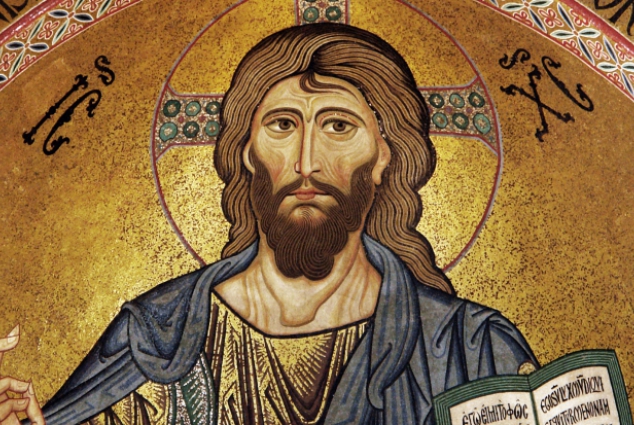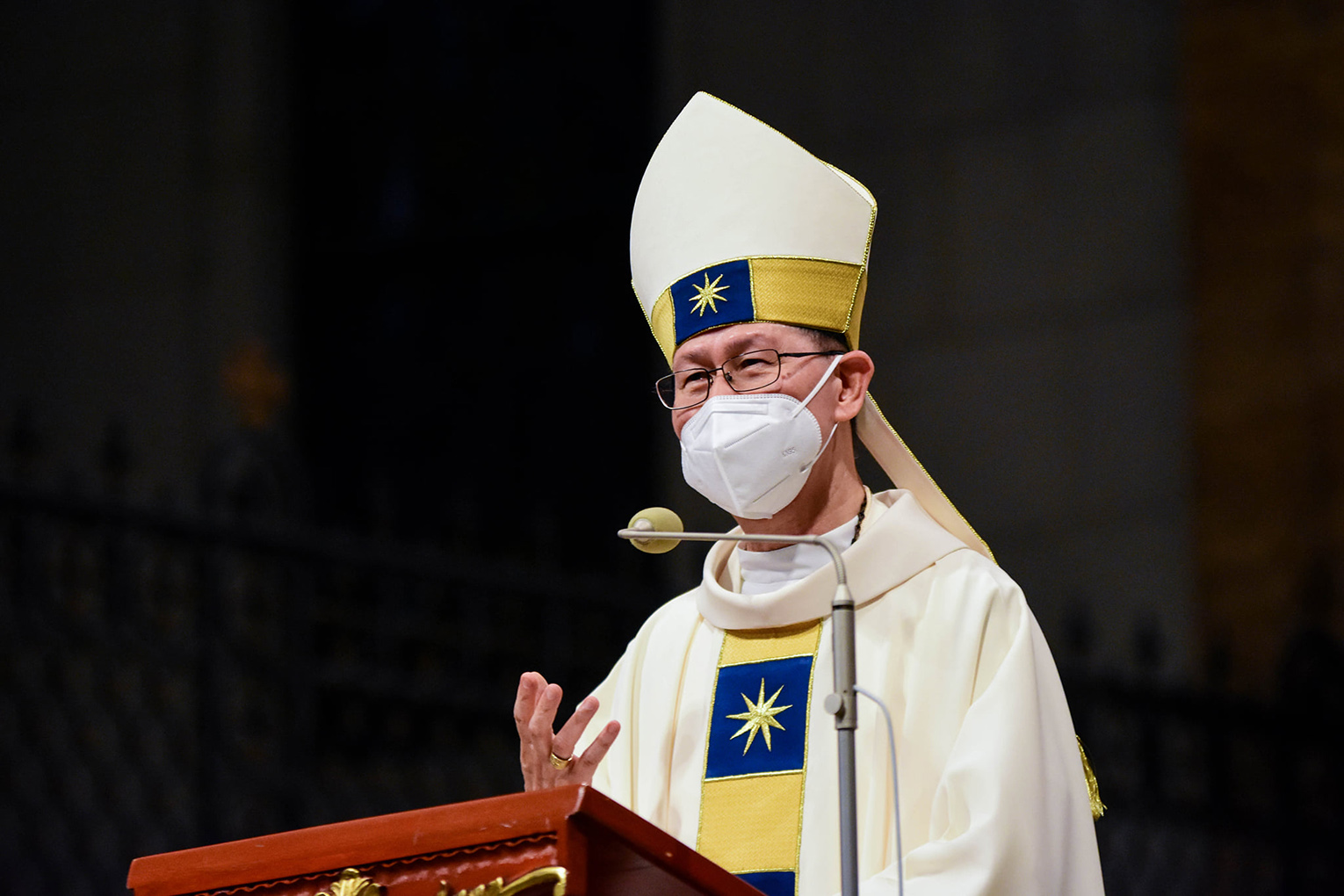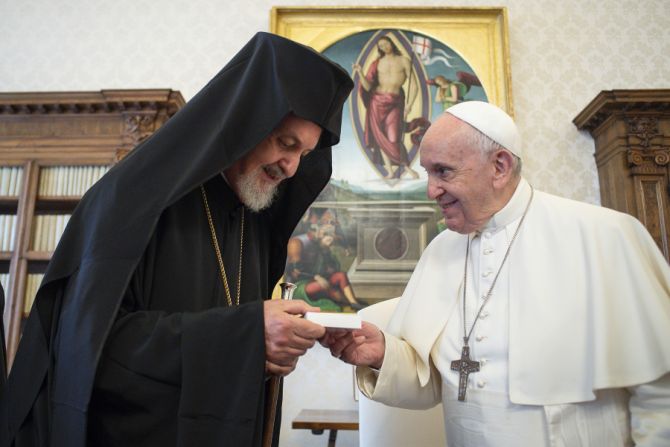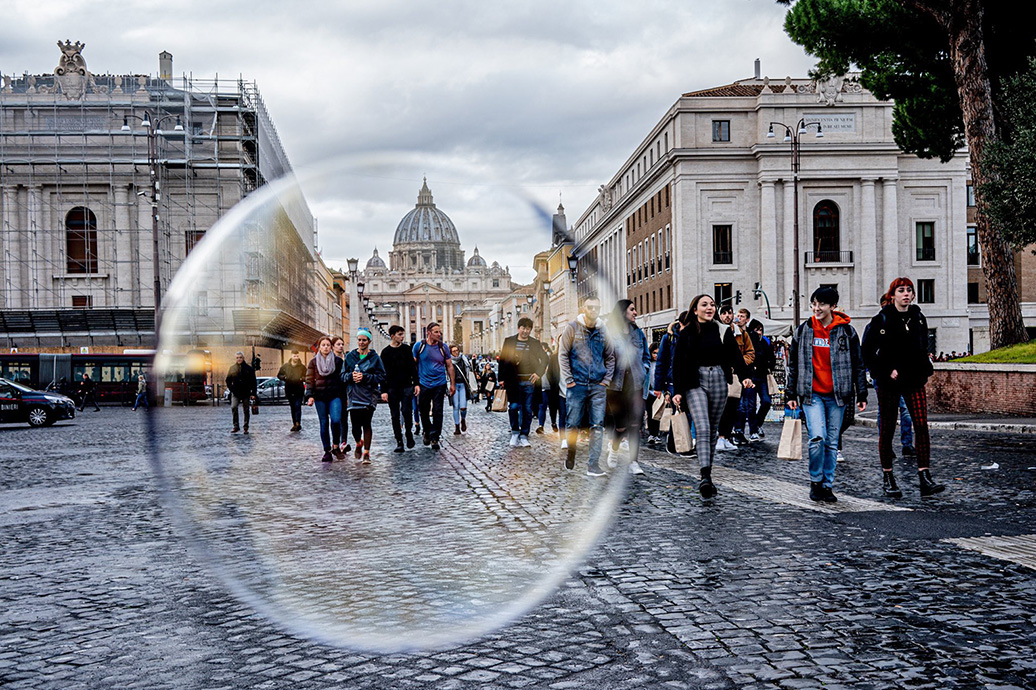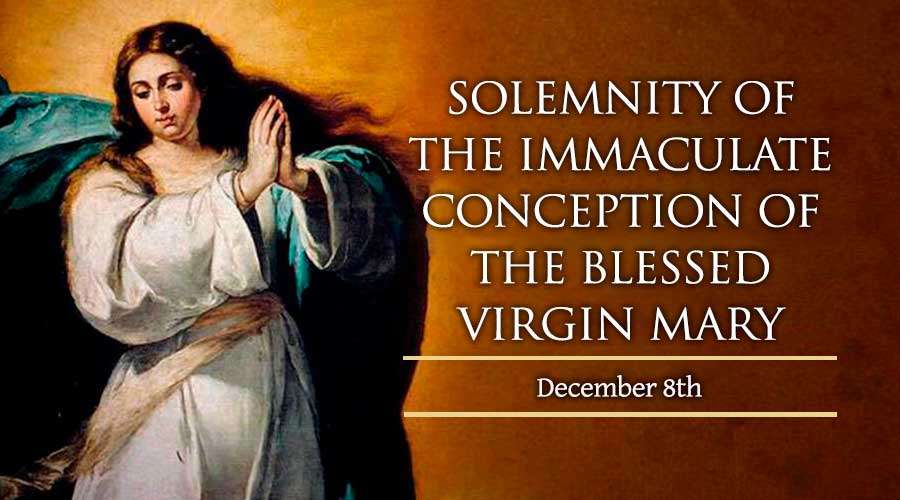Jesus may have been Jewish, but his universal message and vision are reflected in the very definition of the word ‘catholic.’
By Rhonda Miska
Historical Jesus scholars all agree that Jesus was a Galilean first-century Jew. He was born of a Jewish mother, was addressed by his followers as “Rabbi,” quoted Hebrew scripture in his teachings, and taught in the Temple in ancient Jerusalem. So how did we get from the Jewish Jesus of Galilee to the Roman Catholic Church that we know today?
The Acts of the Apostles offers some perspective on the development of the early Christian community in the decades following Christ’s crucifixion and resurrection. Initially, the first followers of Jesus—all Jews—were simply referred to as followers of “the Way.” There was already religious and cultural diversity among first-century Jews in the ancient Near East, and at first “the Way” seemed like another expression of Judaism.
But the teachings of Christ quickly spread beyond Judaism. As the movement began to attract Gentiles, conflicts arose surrounding questions of religious practice. According to Acts 11:26, the new community—made up of Gentiles and Jews alike—began to refer to itself as “Christian.”
As Christians continued to wrestle with questions of belief and belonging, another term came in to use to describe the community: catholic. The first surviving use of the word is in a letter by Bishop and Saint Ignatius of Antioch to the Christian community at Smyrna around 110. Educating his congregation on the proper role of bishops, Ignatius writes, “Wherever the bishop appear, there let the multitude be; even as wherever Christ Jesus is, there is the catholic church.”
Some translations of Ignatius’ epistle translate the term as the “universal church”; catholic stems from the Greek kataholos, which means “according to the whole” or “universal.” The word reflects the single, visible communion of church from which none are excluded on the basis of ethnicity, gender, nationality, or social status. As the apostle Paul wrote, “There is neither Jew nor Greek, slave nor free, male or female, for you are all one in Christ Jesus” (Gal. 3:28).
Today, Catholics believe that the church encompasses the whole human race and continue to prioritize the universal nature of our faith. The Catechism of the Catholic Church connects Ignatius’ words to Jesus’ words in Matthew 28:19, “Go therefore and make disciples of all nations.” “The church is Catholic,” the catechism states, because it is “sent out to all people . . . [and] encompasses all times” (868).
Was Jesus Catholic? On one hand, he was ethnically and religiously Jewish, not Catholic as we understand the term 20 centuries after his death. On the other hand, however, his universal message and vision are reflected in both the very definition of the word catholic and in the church’s evangelizing, merciful mission. His followers have grown from a handful of men and women following a Jewish preacher in Galilee to a global church that embraces men and women, young and old, Gentile and Jew, rich and poor.
This article also appears in the August 2016 issue of U.S. Catholic (Vol. 81, No. 8, page 49).
Image: Christus Pantocrator in the apsis of the cathedral of Cefalù. Via Wikimedia Commons.
(form US Catholic)


